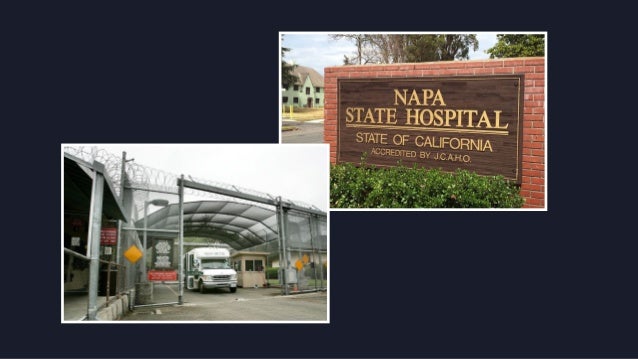
Read more about delegation-there are many different approaches.Īnd then we have dates: defer dates and due dates. Send them an email right then, or create an action to “Email Brian about this one thing.” One other thing to consider: can you do it, or does it require someone elses action? If someone else: delegate it. For kicks, we could probably start with “google ‘how to build a sailboat.’” Turning it into a project means “Build a sailboat next year” is the end goal, and you’ll have invidivual, doable steps along the way. Even if it’s just a model, there are at least a few steps required to make your goal. Take “Build a sailboat next year” as an example.

Processing your Inbox is important-take time to do it right. You’ll hit a groove after 5 minutes and end up with a pretty large collection.


#Gtd contexts how to
Put it in the inbox-even though it’s a huge project that you probably don’t even know how to start.ĭavid Allen advises GTDers to do a brain dump: spend 20 to 30 minutes going through all aspects of your life, putting down anything that you need to work out in the future. I need to remind my kid to take the garbage out on Fridays. Oh, I need to schedule a checkup with a doctor. Getting Things Done® starts with the concept of an Inbox-a temporary holding area to get any idea or task out of your mind so you don’t forget it. You can also read the original GTD Whitepaper.
#Gtd contexts software
It was originally designed without a software component in mind-manila folders, actually! GTD® is a great system, but with OmniFocus, it can be even better. Tasks around the house, career goals, things to buy-anything you can turn into a command to follow or action to do. How to specify which tasks are display in the Contexts tab.Developed by David Allen and published in a bestselling book of the same name, Getting Things Done® became a compelling system for dealing with anything.How to apply contexts to existing actions.How to create contexts and subcontexts.About the contexts that come pre-installed with OmniFocus 2 for Mac.This video shows you how to apply contexts in OmniFocus. For example, if you’re heading out to run some errands you’re probably most interested in actions that involve running errands, and if you’re getting ready to board a plane and will be asked to turn off your phone shortly, you might be interested in seeing a list of phone calls. For example, in order to make a phone call you would need to have a phone at your disposal and in order to research something on Google you would need an Internet connection.īy assigning contexts to actions you can easily see the actions that are most relevant. In a nutshell, contexts define conditions that must be present in order to perform a given action. And visit the Custom Perspectives for OmniFocus 3 for examples of how tags can be used in advanced OmniFocus 3 perspectives.ĭavid Allen’s Getting Things Done (GTD) methodology introduces the concept of “contexts”. You can now add multiple tags to actions, action groups, and projects.Ĭheck out the Tags for OmniFocus 3 page for examples of tags.

This restriction has been lifted in OmniFocus 3. In OmniFocus 2 you were limited to a single context for each item. “a Vacation” tag that’s added to everything you’d like to complete before going on vacation). “Home” for actions that require you to be at home) and can be used for things that aren’t GTD contexts (e.g. Tags can represent Getting Things Done (GTD) contexts (e.g. In OmniFocus 3 contexts were renamed “tags”.


 0 kommentar(er)
0 kommentar(er)
